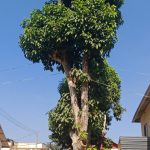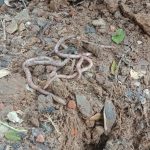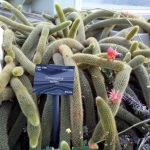GENE REGULATION –PART 2
TRYPTOPHAN OPERON (Trp Operon)
- It is a gene control unit present in E.coli
- Contains a cluster of genes that control and regulate the synthesis of the Amino acid Tryptophan
- It has two regions – i) Control or regulatory region and ii) Structural region
Control region
- Control region has 3 genes- i) Trp R ii) a region called P and iii) Trp L along with an attenuator sequence
- Trp R may be present upstream of the operon and is responsible for a m-RNA that produces a repressor protein
- P refers to the promoter that also has the operator sequence
- RNA polymerase binds to Promoter
- Repressor binds to Operator
- Trp L is the leader sequence that also has the attenuator sequence that can cause looping near the structural genes to bring about Attenuation or antitermination
- Attennuation is premature termination of transcription taking place in Prokaryotes
- It happens when there are too many charged t-RNAs
- But transcription is halted temporarily by looping thus blocking the RNA polymerase activity
Structural Region
- Structural region has 5 genes namely TrpE, TrpD, TrpC, TrpB and TrpA
- All the 5 genes are involved in the metabolic pathway for the synthesis of Tryptophan
- These genes produce enzymes that catalyse various reactions in the biosynthetic pathway of Tryptophan synthesis
- TrpE gene contains genetic information for antharanilate synthetase subunit I
- TrpD gene for anthranilate synthetase subunit II
- TrpC for Glycerol phosphate synthase
- TrpB for Tryptophan synthase Unit I and
- Trp A for Tryptophan synthase Unit II
- These 5 genes transcribe a polycistronic m- RNA that will produce the above 5 polypeptides
- These polypeptides will ultimately lead to the production of Tryptophan
Mode of action
Operon Off
- The repressor protein produced by gene Trp R can bind to the effector (also called co-repressor) namely Tryptophan
- The repressor now becomes activated by undergoing a conformational change and is able to bind at the operator region and thus transcription is stopped
- This happens when Tryptophan concentration in the cell is very high and no more synthesis is required
- Thus the Operon is switched off
- When Tryptophan levels in the cell become very low, binding of effector and repressor becomes loose and the effector is released
- The repressor’s conformation is altered and it no longer binds at the operator
- Hence RNA polymerase is able to move along the Operon and transcription starts
- Operon is switched On
- Enzymes are produced
- Tryptophan is synthesised
- This Operon shows alternating switching On and Off based on the levels of Tryptophan in the cell











